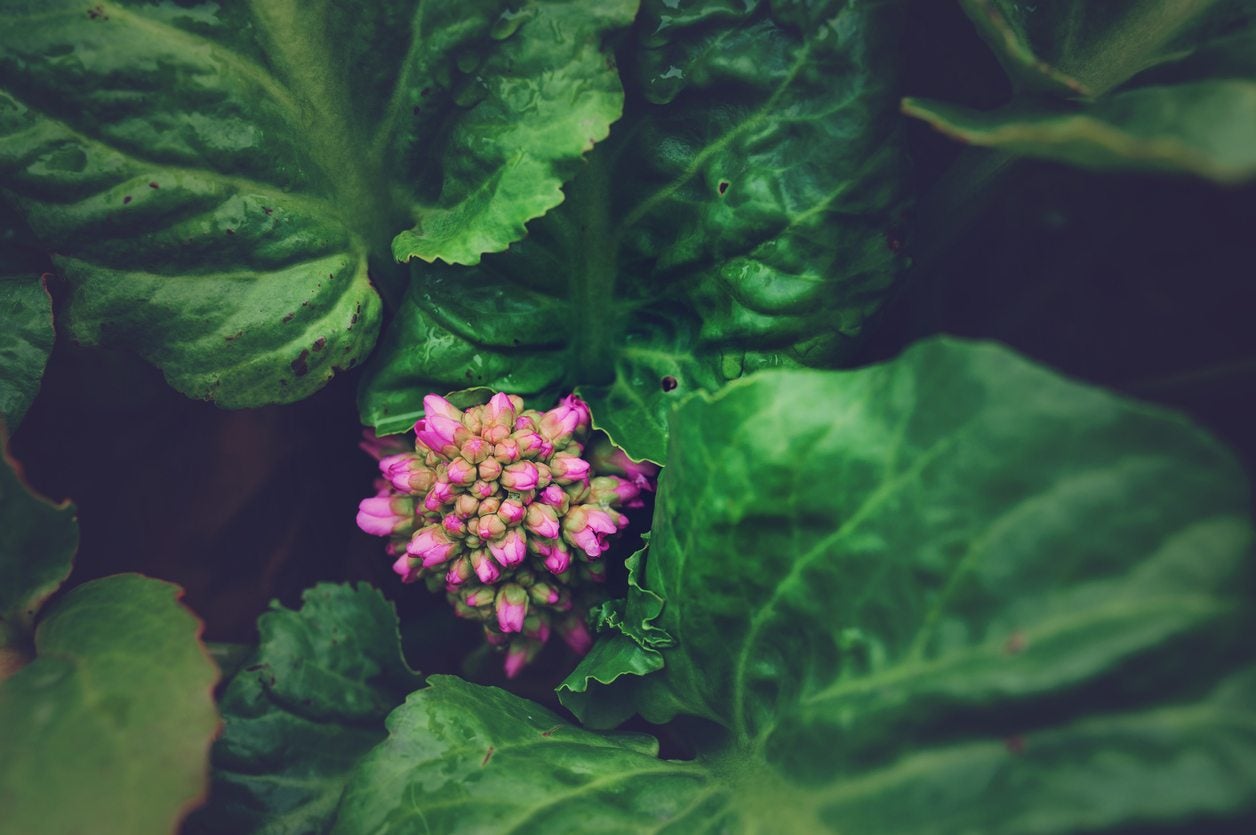Treating Disease In Bergenia – How To Recognize Bergenia Disease Symptoms


Oh no, what’s wrong with my bergenia? Although bergenia plants tend to be relatively disease resistant, this lovely perennial can fall victim to a handful of serious plant diseases. Most bergenia diseases are moisture related and can be treated (or prevented) by improving growing conditions. Read on to learn about treating disease in bergenia plants.
Common Bergenia Diseases
Treating any problems first involves recognizing common bergenia disease symptoms. Rhizome Rot – The first noticeable signs of rhizome rot are lesions on the lower stem and drooping and curling of leaves, beginning on the lower part of the plant and moving upwards. Under the ground, the disease is evidenced by browning and rotting of the roots and rhizomes, which become soft and putrid and may turn brown or orange. Leaf Spot – Leaf spot is a fungal disease that begins with small spots on the leaves. The spots eventually increase in size, developing into larger, irregular blotches that affect most of the leaf. The center of the larger spots may turn papery and grayish-white, usually with a yellow halo. You may also notice concentric rings of tiny black dots (spores) on the top and bottom of leaves. Anthracnose – Anthracnose, which affects bergenia stems, leaves and buds, is caused by various fungi. The disease usually shows up as brown, sunken leaf spots or lesions, often with plant tissue dropping out of the center. Tiny black spores may be visible. The disease also causes dieback of new growth, premature leaf drop, and cankers that eventually girdle the stem.
Treating Disease in Bergenia
Treating sick bergenia plants is possible with prevention and quick action once any signs become noticeable. Apply sulfur power or copper spray weekly, beginning when you first notice signs of disease in early spring. Alternatively, spray bergenia plants with neem oil every seven to 14 days, beginning at the first sign of disease. Remove diseased plant material. Dispose of the material properly in sealed bags or containers, (never in your compost bin). Mulch the soil around remaining plants to prevent spread of fungal spores, often caused by splashing rain or irrigation. Provide ample spacing between plants to improve air circulation. Water bergenia at the base of the plant, using a drip system or soaker hose. Avoid overhead watering. Irrigate early in the day so the foliage has time to dry before temperatures drop in evening. Prevent spread of disease by disinfecting garden tools with a mixture of bleach and water after working with diseased plants.
Sign up for the Gardening Know How newsletter today and receive a free copy of our e-book "How to Grow Delicious Tomatoes".

A Credentialed Garden Writer, Mary H. Dyer was with Gardening Know How in the very beginning, publishing articles as early as 2007.